Why Does My Lower Back Hurt? A Guide To Back Pain
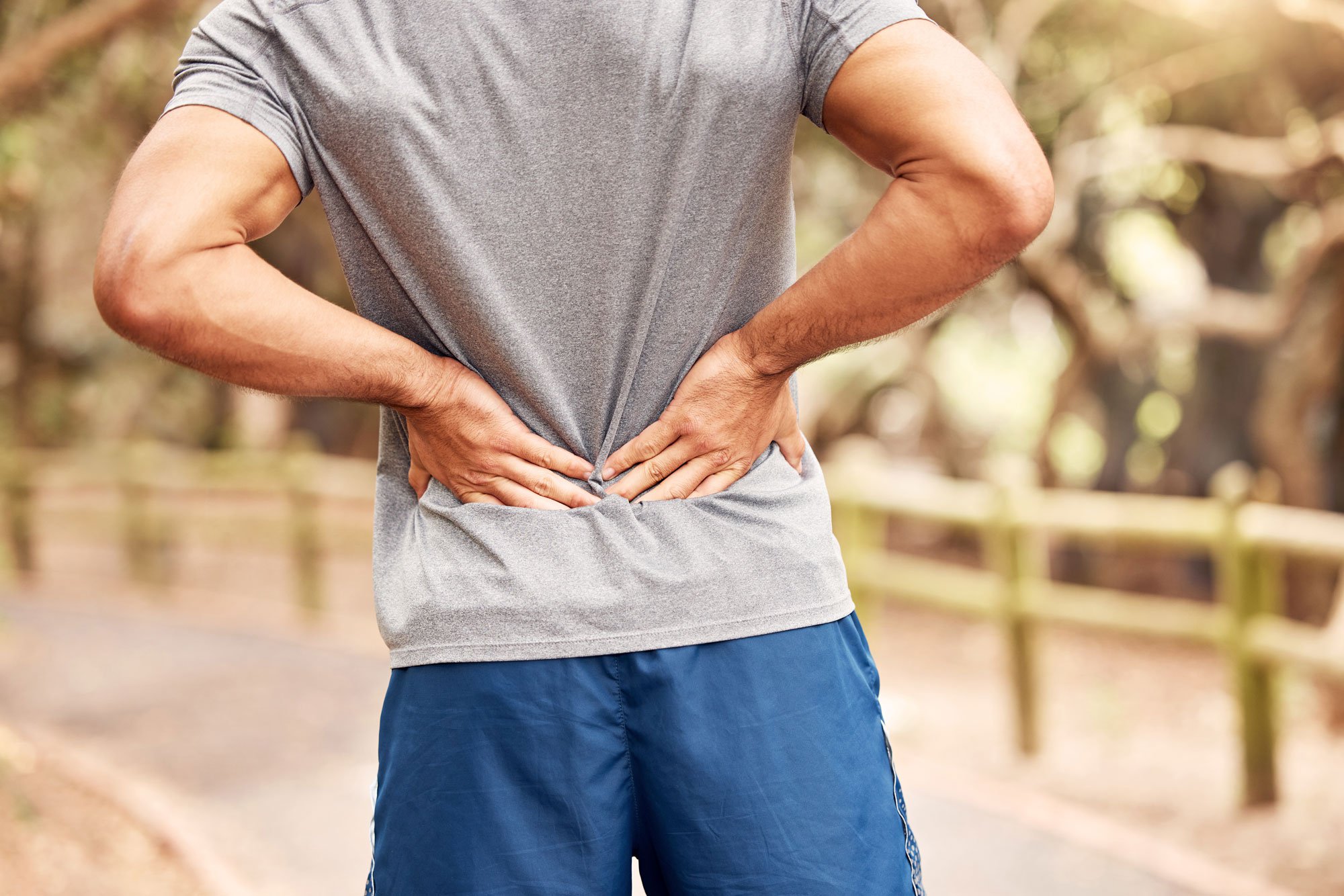
Clinical Editor: Courtenay Stewart, DO and Megan Dodson, PA-C,
It can range from a dull, persistent ache to a sharp, sporadic pain. Sometimes, the cause is obvious to you, while other times, it can seem to come out of nowhere. No matter how it presents, back pain is a nuisance - and it’s more common than you think.
Back pain is one of the most common reasons people seek medical care or miss work, and is a leading cause of disability worldwide. In fact, over 80% of adults will experience lower back pain at some point in their lives, according to the National Institutes of Health.
But just because back pain is common, doesn’t mean you have to simply live with it. Back pain is often not due to a serious condition and the vast majority of cases improve and even resolve within weeks. Between home exercises and guided rehab with a professional, there are a number of ways that you can take control of your recovery. Here’s what you need to know:
What causes lower back pain?
Lower back pain is often felt in the muscles or joints of the back. Many different factors can influence how the back feels and recovers. These factors include physical activity, prior injuries and posture, as well as sleep, stress, work, weight, behavior, and attitude. These can lead to sudden pain after a particular movement, or pain that builds up slowly over time.
There are also a number of health conditions that can lead to lower back pain such as herniated discs, arthritis, osteoporosis, and kidney infections. To determine the cause of your back pain, it’s best to talk to your primary care provider. They will ask about your symptoms and health history, as well as conduct a physical exam to better evaluate your pain, range of motion, reflexes, and strength. In some cases, your provider may order further tests.
How is lower back pain treated?
The good news is that most cases of back pain are not due to serious causes, and most of the time, symptoms improve quickly. There are several ways to treat and manage low back pain, depending on the severity of your symptoms and personal health needs. Here a few ways to ease your pain:
- Consider potential causes: Stress, sleep, work, and activity can all impact back pain. Maintaining healthy habits, such as a regular sleep schedule and well-balanced diet, as well as practicing stress management techniques, may relieve some of your discomfort, as well as help you feel better overall.
- Keep moving: It’s also important to stay active. Your back is designed for movement and gentle exercise can help promote healing and increase blood flow. Keeping up with daily activities will not cause damage, even if the pain still lingers. Low impact activities like walking, swimming, or riding a stationary bike can keep your back strong and reduce stiffness. The goal is to keep up with day-to-day activities and to increase activity gradually.
- Heat or ice packs: Both hot and cold therapy are effective treatments for back pain. Ice or cold packs are best for the first few days after an injury, as they can help reduce swelling and inflammation. Meanwhile, heat or hot packs improve blood flow to the area and can relax and soothe ongoing stiffness and pain.
- Over-the-counter medications: Some patients find that on tough weeks, using an over-the-counter pain medication for a few days can help them to return to activities. NSAIDS (nonsteroidal anti-inflammatories), like ibuprofen (Advil/Motrin) or naproxen (Aleve), work by reducing inflammation and pain. You can find dosage information on the back of the medication box. Your provider can guide you on medication duration, discuss side effects and medication alternatives.
- Topical solutions: In addition to the medications above, there are also many creams, salves, balms, and patches that support pain relief. These typically work by temporarily numbing the area of the back where they are applied. Some also include medications , so it’s important to pay close attention to the ingredients to ensure you aren’t exceeding the daily recommended dose.
- Guided rehab: Still experiencing back pain after trying some of the suggestions above? You may benefit from working with a rehab professional. Talk to your provider about seeing an osteopathic physician, physical therapist, or chiropractor.
Exercises for low back pain
If you’re struggling with low back pain, adding the following exercises to your routine can help reduce pain, strengthen your muscles, and improve your mobility. However, they’re not right for everyone. If you have questions, consult with your primary care provider.
- Cat/camel
Begin on all fours with wrists directly under your shoulders and knees at 90 degrees, hip distance apart. Tilt your pelvis back so that your tailbone rises up, this will increase the curvature in your low back. Drop your chest to the floor as you extend your head and neck upwards. Pause and hold here for 2-3 seconds. Then tuck your chin to your chest. Pull your mid-back up the ceiling. Tuck your tailbone under your body. Pause and hold here for 2-3 seconds. Move slowly and smoothly through your comfortable movement range. Perform 10 repetitions into each position, going slow, twice daily for 4 weeks.
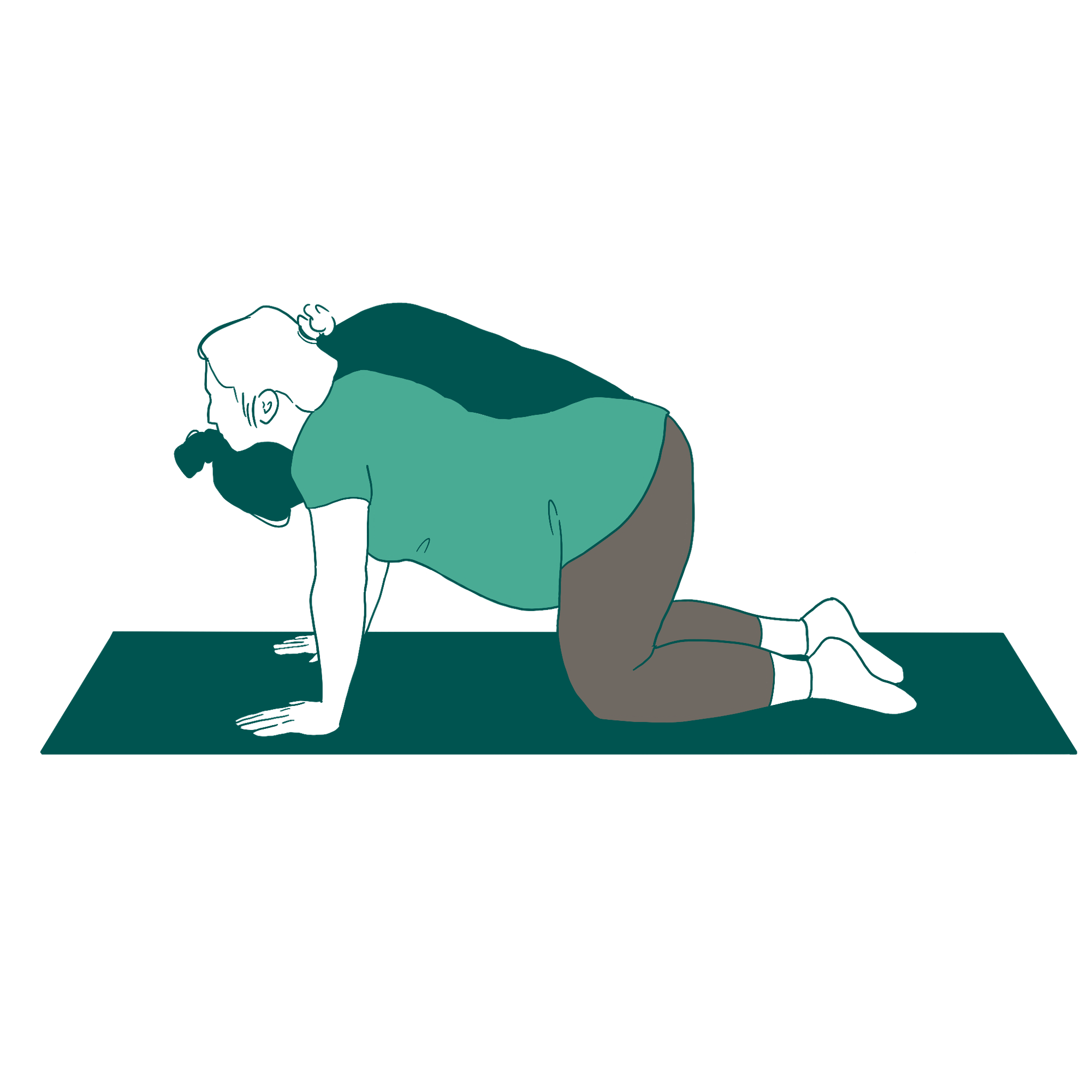
2. Press ups
Lie on your stomach. Place your hands on the ground, positioned under your shoulders, and your arms pinned to your side. Straighten your arms to lift your chest off the ground. Keep your hips on the floor. Extend the spine to comfort. If the position is creating low back discomfort, decrease the amount of extension into the spine. Perform 10 repetitions with 5 second hold, twice daily for 4 weeks.
Scale Down: If you are unable to reach full extension of the spine, try propping up on your forearms or not lifting your trunk as high off the ground.
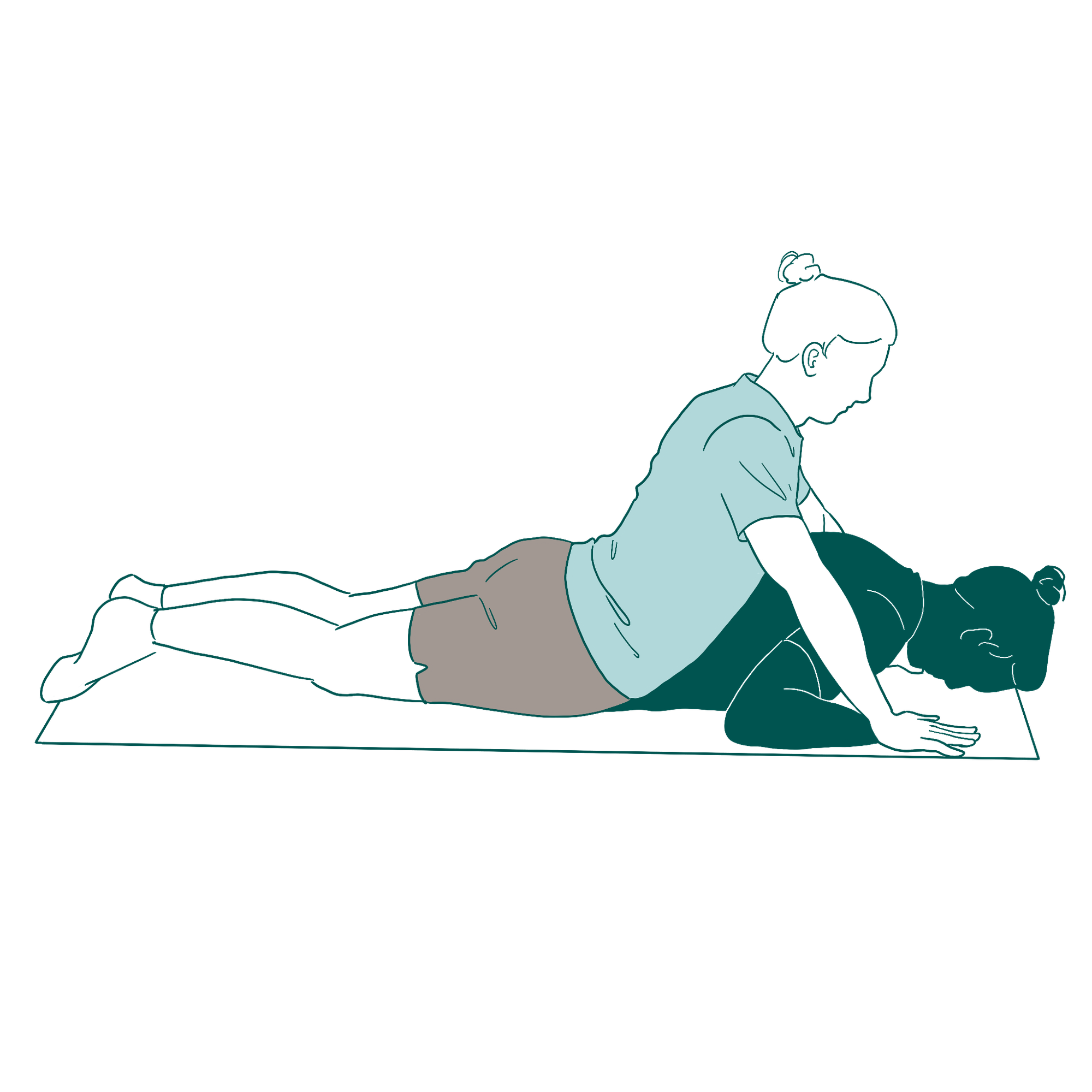
3. Bridge
On your back, bend your knees and place your feet on the ground, hips width apart. Lift your hips off the ground slowly until your knees, hips and shoulders form a straight line. Maintain knee spacing through the entire movement. Lower back to the ground slowly. Squeeze your buttock and abdominal muscles. Perform 15 repetitions, 2-3 sets, twice daily for 4 weeks.
Scale Up: Place a band around your knees and do not allow your knees to touch each other.
Scale Down: If you find this exercise to be too difficult and / or you are experiencing pain in the lower back, try pelvic tilts first (below).
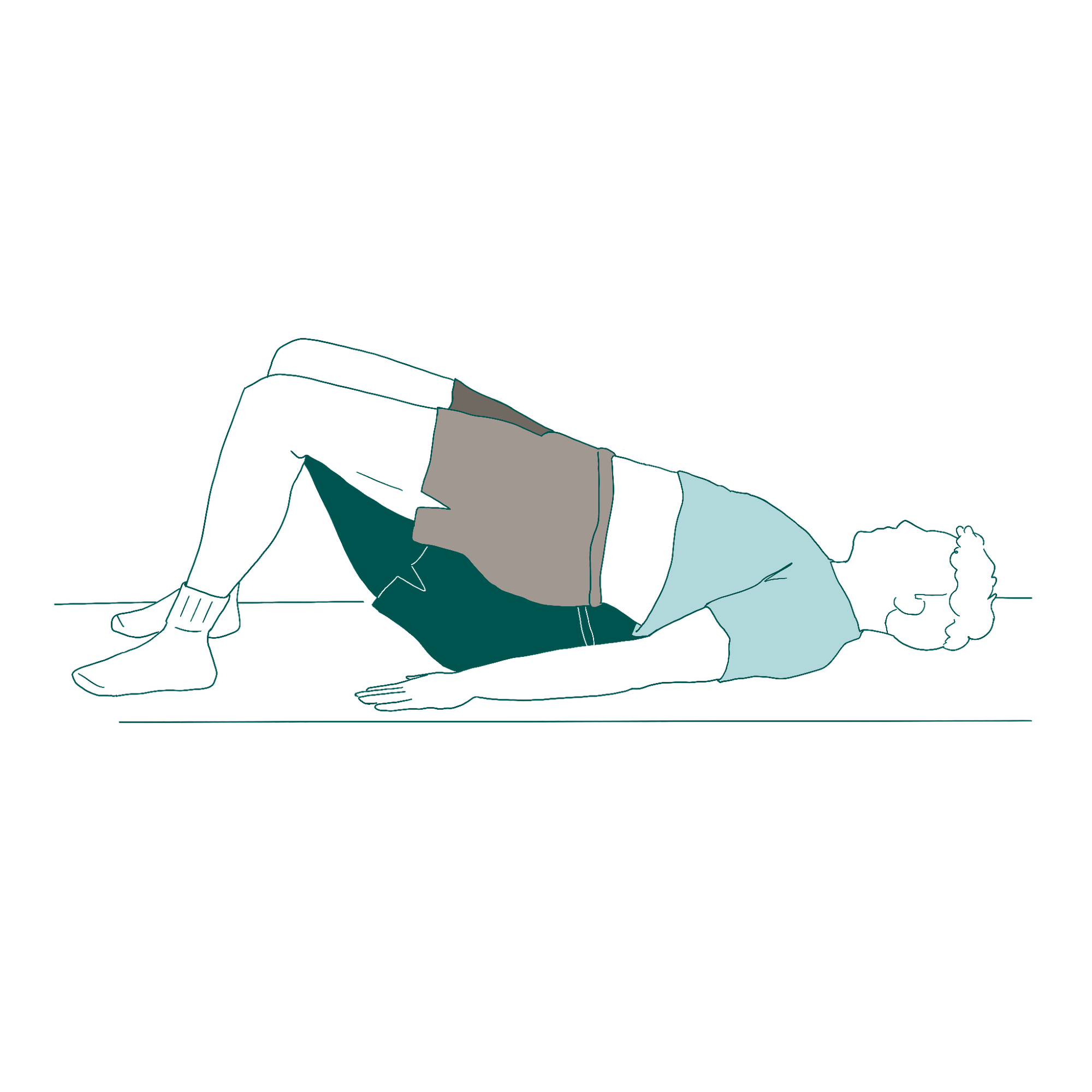
4. Posterior pelvic tilt
Lie flat on your back in the exact same starting position as a bridge. Tighten your abdominal muscles and press your low back into the floor. This move will rock your pelvis backwards or “posterior”. A trick is to imagine you have a large belt buckle that you are trying to tilt upwards to look at the design on it.
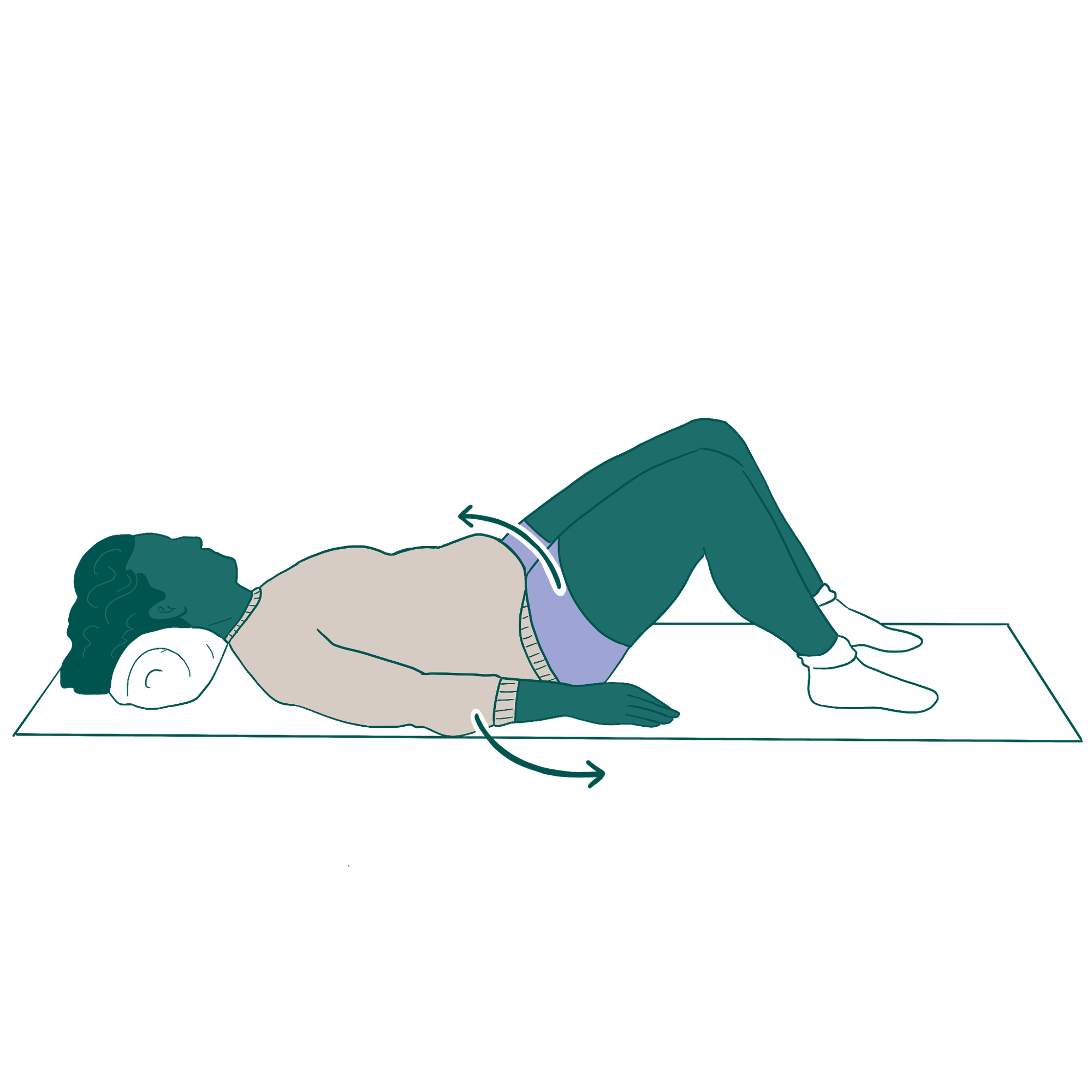
Have additional questions regarding lower back pain? Our primary care team is here to assist you! At One Medical, we aim to provide exceptional care designed around you and your unique health needs. Sign up today to book a same or next day appointment-in person or over video-through our app.
The One Medical blog is published by One Medical, a national, modern primary care practice pairing 24/7 virtual care services with inviting and convenient in-person care at over 100 locations across the U.S. One Medical is on a mission to transform health care for all through a human-centered, technology-powered approach to caring for people at every stage of life.
Any general advice posted on our blog, website, or app is for informational purposes only and is not intended to replace or substitute for any medical or other advice. 1Life Healthcare, Inc. and the One Medical entities make no representations or warranties and expressly disclaim any and all liability concerning any treatment, action by, or effect on any person following the general information offered or provided within or through the blog, website, or app. If you have specific concerns or a situation arises in which you require medical advice, you should consult with an appropriately trained and qualified medical services provider.
